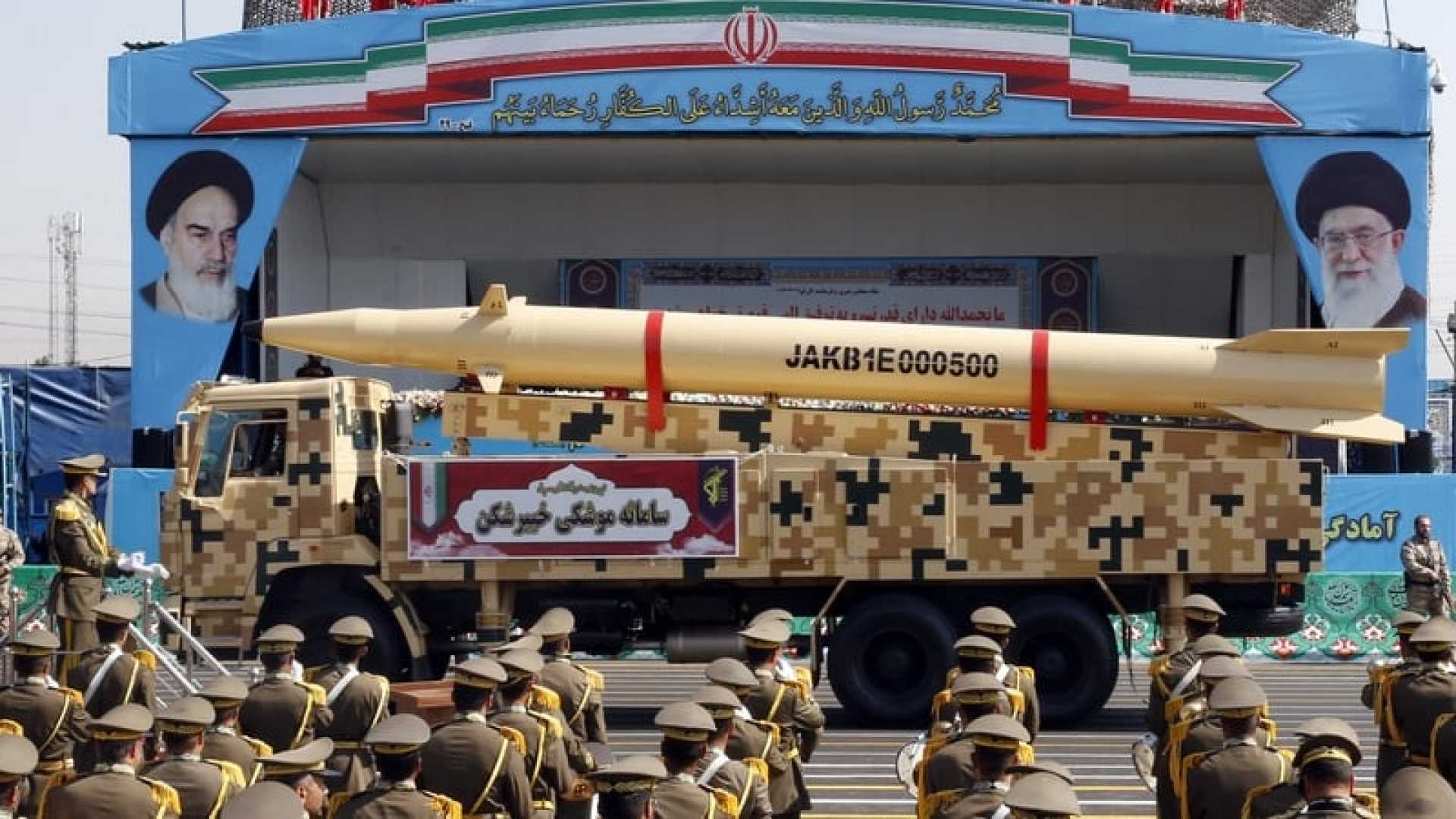World
Iran’s Response Unclear After Israeli Strikes on Military Sites

TEHRAN, Iran (AP) — Iran’s first hypersonic missile, the Fattah, was showcased during a military parade in Tehran on September 21, 2024. This display comes amid heightened tensions following recent Israeli airstrikes targeting Iranian military personnel and facilities.
In retaliation for a series of strikes by Israel, which reportedly killed key Iranian military figures, Tehran has vowed to respond. However, the specifics of their retaliation remain unclear. Analysts suggest that Iran’s response could depend on the effectiveness of the attacks and the remaining operational capability of its missile systems.
Israel’s strikes targeted ballistic missile launch sites in Tabriz and reportedly contributed to the deaths of significant military leaders, including Mohammad Hossein Bagheri and Hossein Salami. These figures are integral to Iran’s ballistic missile program.
Iran has a robust arsenal of Medium-Range Ballistic Missiles (MRBMs), which can strike targets in Israel. These missiles are developed with varying technologies, including liquid and solid propellants, and include systems with advanced guidance technologies like the Kheibar Shekan and the hypersonic Fattah variant. The latter is believed to follow non-ballistic flight paths, making interception more difficult.
In previous conflicts, such as Iran’s “True Promise” operation in April 2024, Tehran launched over 100 ballistic missiles against Israel, although many were intercepted by Israeli air defense systems. During a follow-up attack in October 2024, Iranian missiles struck locations including air force bases, further testing Israel’s defenses.
Despite the previous strikes, many of Iran’s ballistic capabilities might remain intact, supported by underground facilities designed to withstand air assaults. Following a second wave of attacks, the U.S. deployed additional missile defense systems to bolster Israel’s defenses.
The response strategy for Iran may involve dispersing its missile forces to obscure their locations and avoid further targeted strikes by Israel. While short-range missiles pose less of a direct threat to Israel, they could threaten U.S. military facilities in the region, which are also within range.
In conclusion, the full impact of Israeli strikes on Iran’s military infrastructure remains uncertain as tensions escalate in the region, potentially affecting future military engagements.












